Hi I am looking to improve my performance with pytesseract at digit recognition.
I take my raw image and split it into parts that look like this:

The size can vary.
To this I apply some pre-processing methods like so
image = cv2.imread(im, cv2.IMREAD_GRAYSCALE)
image = cv2.GaussianBlur(image, (1, 1), 0)
kernel = np.ones((5, 5), np.uint8)
result_img = cv2.blur(img, (2, 2), 0)
result_img = cv2.dilate(result_img, kernel, iterations=1)
result_img = cv2.erode(result_img, kernel, iterations=1)
and I get this

I then pass this to pytesseract:
num = pytesseract.image_to_string(result_img, lang='eng',
config='--psm 10 --oem 3 -c tessedit_char_whitelist=0123456789')
However this is not good enough for me and often gets numbers wrong.
I am looking for ways to improve, I have tried to keep this minimal and self contained but let me know if I've not been clear and I will elaborate.
Thank you.


